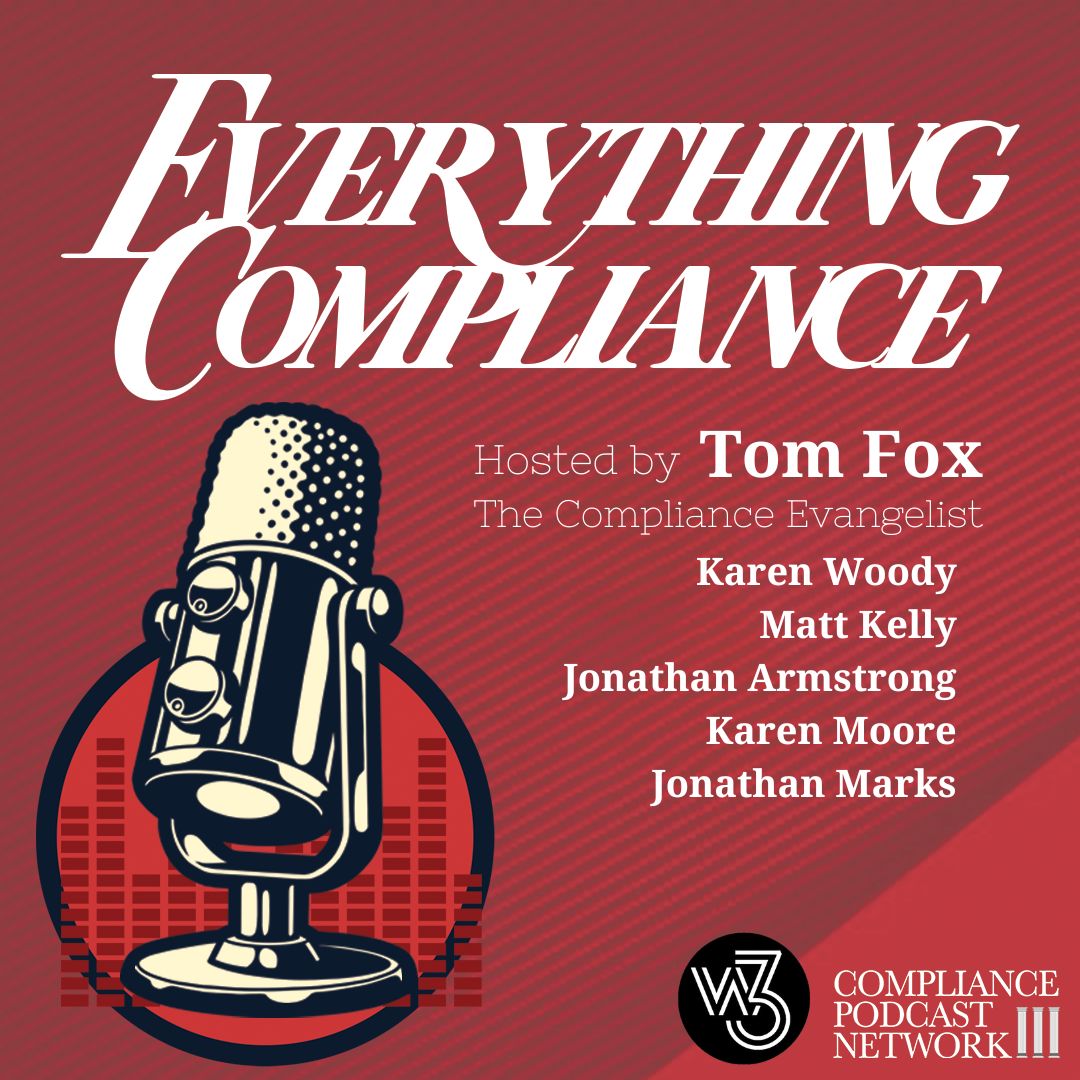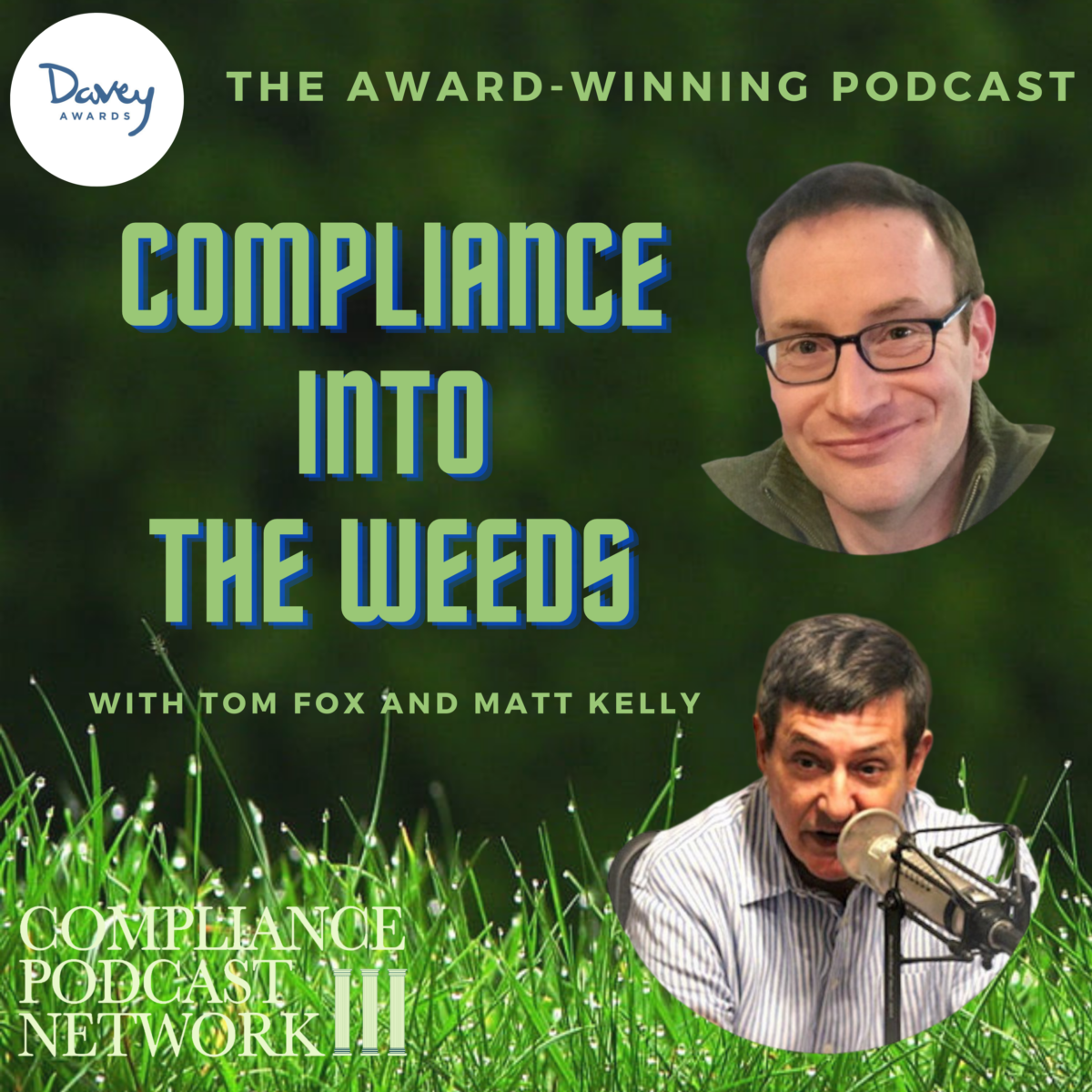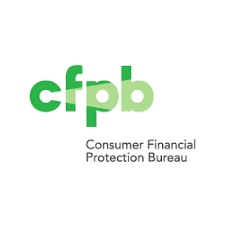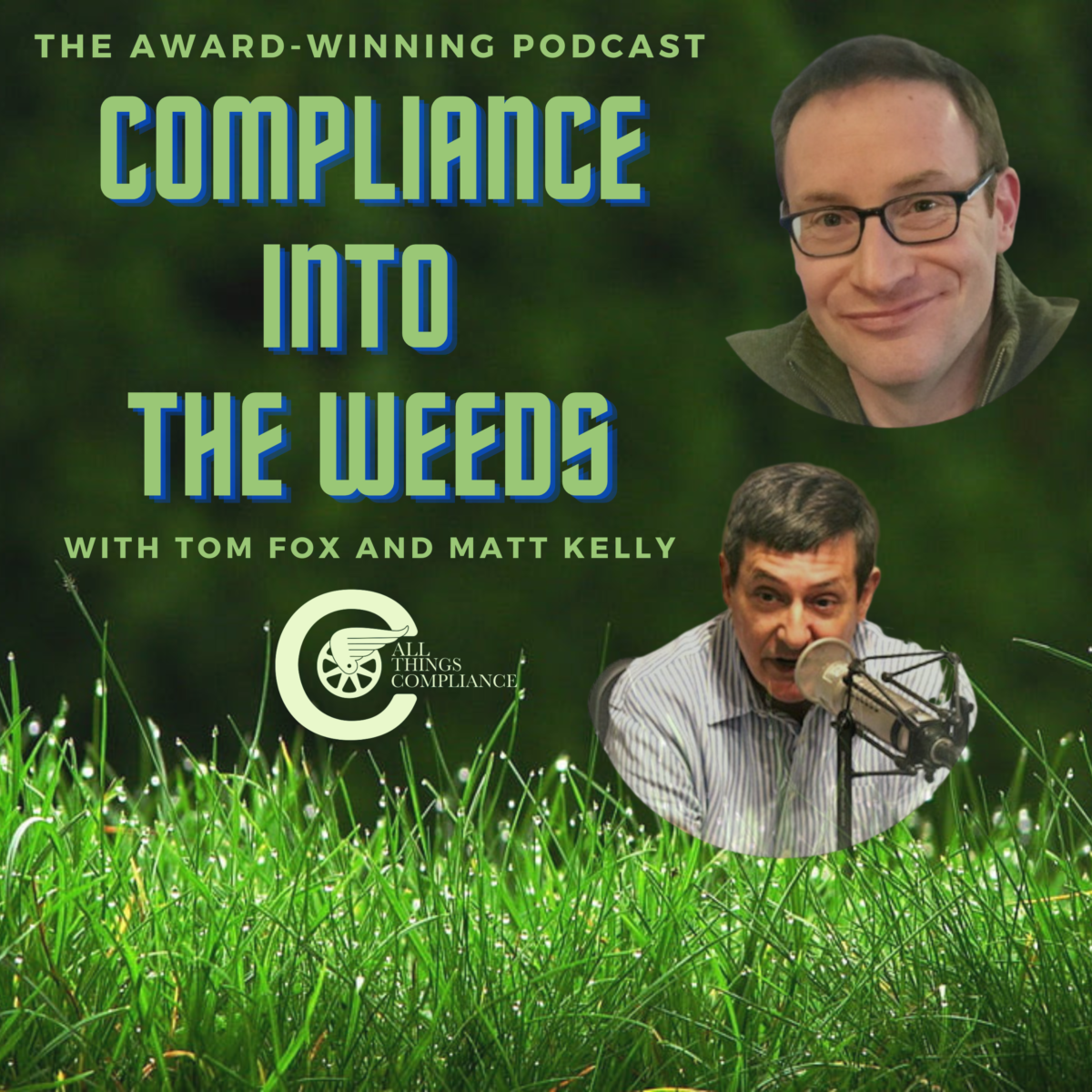Compliance professionals constantly seek to understand how systemic issues within corporate hierarchies can lead to severe consequences. The recent revelations about Bank of America’s (BoA) persistent workplace culture problems are a powerful reminder of compliance’s critical role in safeguarding employees and the organization.
This week, I have explored the BoA failure around workplace culture from various perspectives articulated by the Everything Compliance gang, including Karen Woody, Jonathan Armstrong, Matt Kelly, Karen Moore, and Jonathan Marks. This exploration included the failure of internal controls, failures by the Board and senior management, culture failures around highly driven, self-selecting employees, and the cultural miasma that is BoA from a perspective from across the pond. You can check out the full Everything Compliance episode here. We conclude our series with a summary of lessons learned for compliance and how compliance can use those lessons going forward.
The scandal at BoA involving the excessive hours worked by junior employees highlights a profound crisis in corporate culture that has significant implications for compliance professionals. Despite previous promises of reform following similar incidents, BoA’s failure to address these issues effectively reveals systemic problems that transcend mere policy implementation. The tragedy of junior banker Leo Lukenas, who died after working over 100 hours a week for multiple weeks in a row, underscores the urgent need for stronger internal controls, better communication between management levels, and a culture that genuinely prioritizes employee well-being.
This situation at BoA serves as a critical case study for compliance professionals, illustrating the dangers of a disconnect between senior management’s intentions and the actions of middle management. While senior executives may set policies to limit overwork, middle managers often circumvent these rules, perpetuating a toxic work environment. BoA’s manual control system’s failure, ineffective internal audits, and HR oversight further exacerbate the problem. Compliance professionals must ensure that internal controls are implemented, actively monitored, and enforced to prevent similar issues in their organizations.
A key lesson from the BoA crisis is the importance of addressing the role of incentive structures. In high-stakes environments like investment banking, where bonuses and career advancement are tied to deal closures, there is a significant risk of overwork becoming normalized. Compliance officers must advocate for realigning incentives to balance business goals with ethical standards and employee well-being. This involves addressing the symptoms of such crises and tackling the root causes, such as toxic corporate culture and misaligned incentives.
The BoA scandal highlights the critical role of internal controls in maintaining a healthy and sustainable corporate culture. Relying on self-reporting as a key control mechanism in this high-risk environment proved ineffective, as employees were pressured to underreport their hours. Compliance professionals must recognize that self-reporting should be supplemented with independent verification methods, such as automated time tracking and regular audits, to ensure accurate data collected and controls are effective.
A holistic approach to risk management and compliance must be considered. Internal controls must be integrated into a broader framework, including solid ethical leadership, ongoing employee education, and clear channels for reporting concerns. The failure of BoA’s control environment, monitoring, and remediation efforts allowed a culture of overwork to persist, ultimately leading to repeated tragedies. For compliance professionals, this underscores the need for continuous improvement and active management of internal controls.
The role of the board of directors in overseeing corporate culture is crucial. The BoA crisis demonstrates that board members must go beyond surface-level management reports and engage directly with employees to understand workplace challenges. A proactive approach, including regular reports on employee well-being metrics and internal audits focused on workplace culture, can help prevent such crises. Moreover, creating a culture where employees feel safe to voice concerns is essential for identifying and addressing risks before they escalate.
The Bank of America scandal is a stark reminder of the human cost of a toxic work culture and the vital role that compliance professionals play in safeguarding both employees and organizations. The lessons from this tragedy should guide efforts to create healthier, more sustainable work environments. Compliance is not just about preventing legal and regulatory risks but also about fostering a corporate culture that values integrity, transparency, and the well-being of all employees. By aligning business metrics with these values, companies can achieve sustainable success that benefits their bottom line and people.












